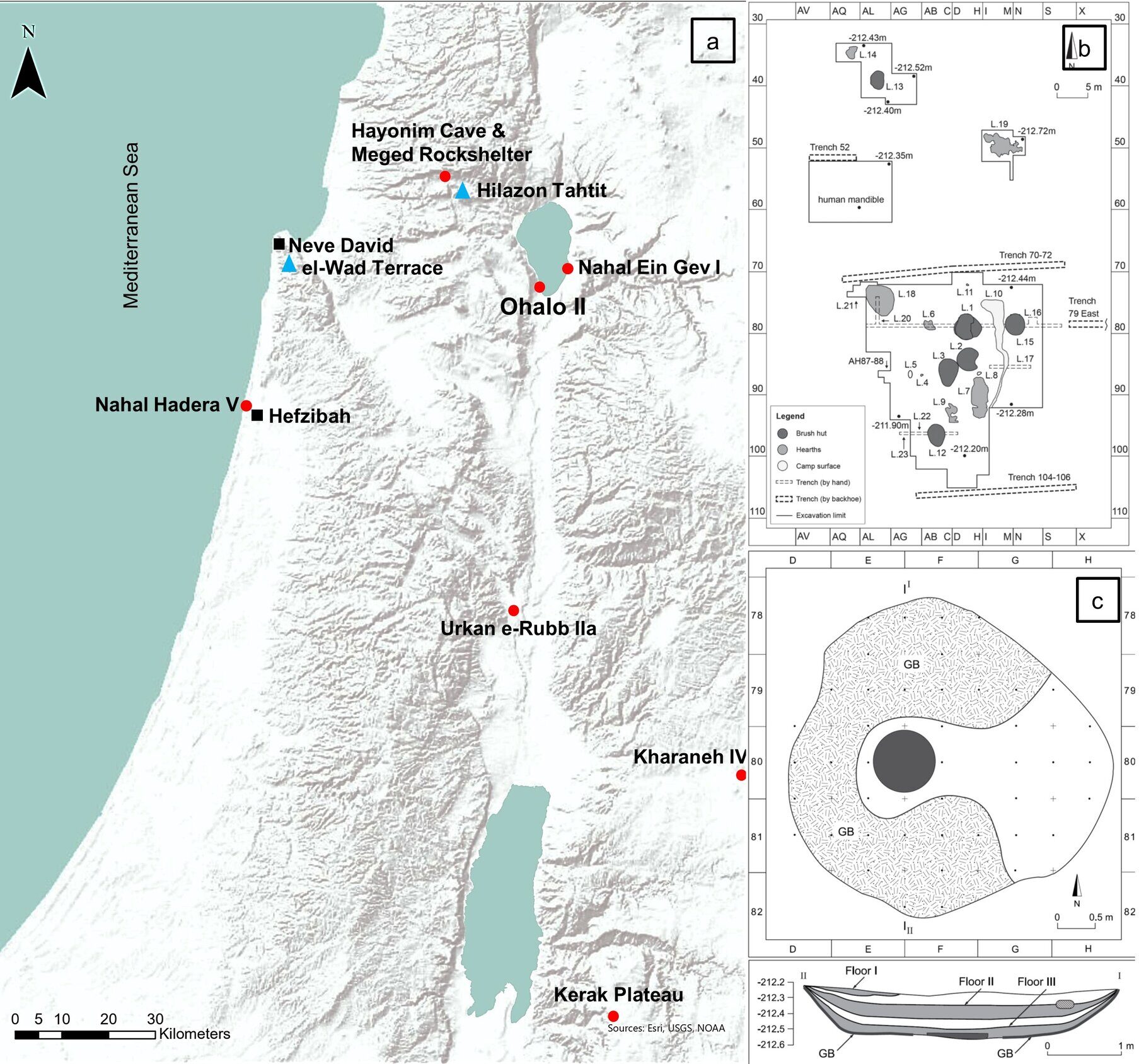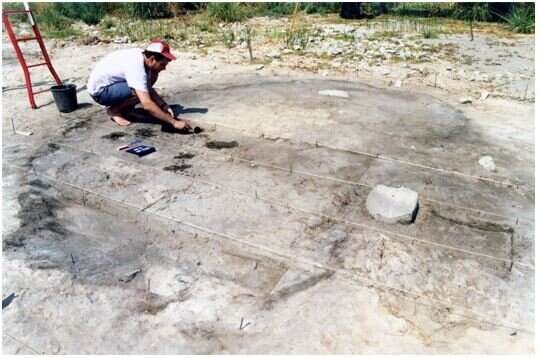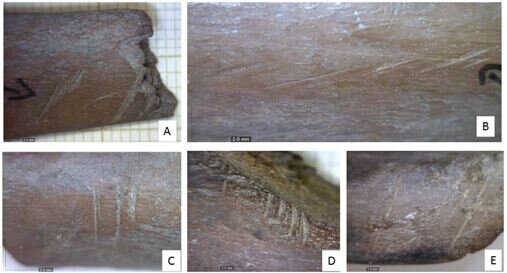
Comment: As Pierre Lescaudron details in Of Flash Frozen Mammoths and Cosmic Catastrophes, since then, a series of cataclysmic events have shifted our planet's latitude:
The above strongly suggests that before the Younger Dryas, the North geographic pole was located around Hudson Bay, which is about 60° North - that is; 30 degrees in latitude away from the current North pole.
But the peculiar Laurentide ice sheet is not the only evidence we have. The study of fossils provides a very good idea of what kind of plants and animals lived in different locations of the planet right before the Younger Dryas. This research tends to confirm that, at the end of the Pleistocene, the North pole was located in Hudson Bay.
Indeed, before the Younger Dryas, the Arctic Ocean was a temperate ocean (as indicated by the presence of Foramainifera in sea cores), Siberia was a temperate region (as indicated by human remains, entire forests and temperate flora), and Japan was warmer than today (as indicated by flora that grows in temperate climate and by the corals of Okinawa).
The Israeli site, known as Ohalo II, was occupied at the end of the last Ice Age ("Last Glacial Maximum"), between 23,500 and 22,500 years ago. Ohalo II is known for the excellent preservation of its brush huts and botanical remains. The study, led by HU doctoral student Tikvah Steiner, under the supervision of HU Professor Rivka Rabinovich and University of Haifa archaeologist Prof. Dani Nadel who excavated the site, examined the diet and extensive use of animal parts to determine the welfare and lifestyle of these ancient inhabitants.
During the Last Glacial Maximum, ice sheets covered much of North America, Northern Europe, and Asia, profoundly affected Earth's climate by causing drought, desertification, and a large drop in sea levels. Ironically enough, Ohalo II was discovered in 1989, following drought conditions that lowered the water level of the Sea of Galilee by several meters. Excavations were carried out between 1989-1991, and again between 1998-2001. The site covers 2000 meters and is located near the southern tip of the modern Sea of Galilee, about 9 km south of Tiberias. The site contains the remains of six oval-shaped brush huts, open-air hearths, the grave of an adult male, as well as various installations and refuse heaps. Abundant organic and inorganic materials provide a wealth of information about the lifestyle of fisher-hunter-gatherers during that period.
From a close analysis of 22,000 animal bones found at the site, including gazelles, deer, hares, and foxes, as well previous documentation regarding the number of charred plant remains, flint tools, cereal grains found there which signify a robust diet and lifestyle, the team concluded that Ohalo II presents a different picture of subsistence than most other early Epipaleolithic sites.
Climatic oscillations during the Last Glacial Maximum had minimal effects on the Upper Jordan Valley, specifically near Ohalo II, enabling those people to utilize a broad ecological niche comprised of varied edible plants, mammals, reptiles, birds, and fish. "Despite their ability to hunt large animals, these inhabitants also hunted a wide range of prey and had tools and time enough to fully exploit animal carcasses down to the marrow," shared Steiner. Likewise, "tortoises were seemingly selected for a specific body-size, which may suggest that their shells for use as bowls — and not their meat — were the main target. Hare and fox were possibly hunted for their pelts," she added.
The current study focused on reptile, bird and mammal remains found in one of the huts during its three consecutive occupations. As part of the study, identification and quantification was carried out of the different animal species, bone sizes were measured, and bone surfaces were subjected to spectroscopic examination to identify signs of cutting and wear. In addition, Dr. Rebecca Biton, a post-doctoral student at the Hebrew University and an expert in herpetology, discovered that the turtles were all of a uniform size, which might indicate a conscious selection by the hunters for a specific size of turtle shell.
Steiner and her colleagues believe that the findings from the site do not indicate a decline in the availability of food during this period but rather a rich diversity of food sources. In this way, Ohalo II is a wonderful example of a true broad-spectrum economy during the latest Ice Age, at the very beginning of the Epipaleolithic period.
First evidence of farming in Mideast More information: Abundance or stress? Faunal exploitation patterns and subsistence strategies: The case study of Brush Hut 1 at Ohalo II, a submerged 23,000-year-old camp in the Sea of Galilee, Israel. Faunal exploitation of a brush hut at Ohalo II. PLOS ONE (2022). DOI: 10.1371/journal.pone.0262434
Journal information: PLoS ONE





Comment: See also:
- Volcanoes, Earthquakes And The 3,600 Year Comet Cycle
- Mammoths survived in Siberia until just 3,900 years ago, climate change likely responsible for extinction, new study reveals
- The strange 175,000-year-old circle structures built by Neanderthals in French cave
- 45,000 year old lion statuette found in Denisova Cave may be world's oldest
And check out SOTT radio's: